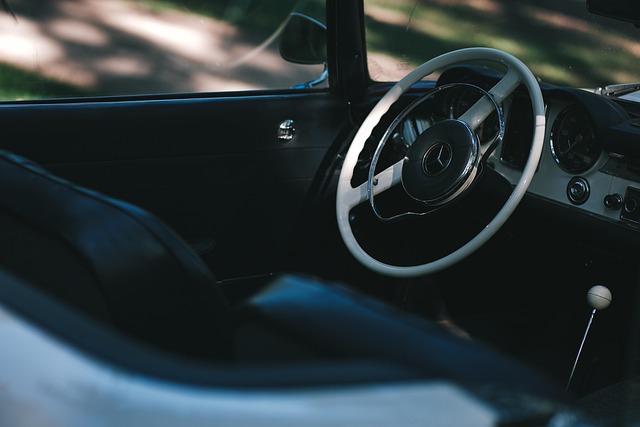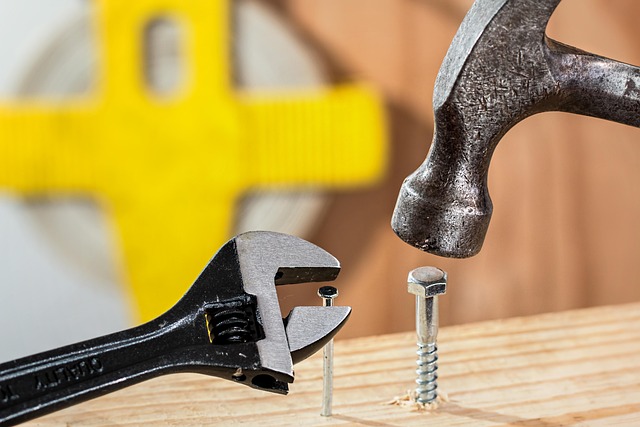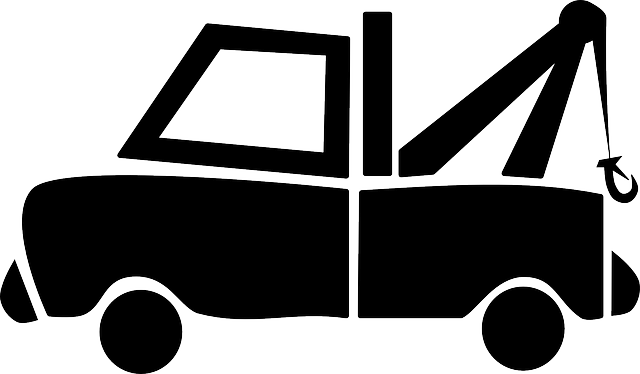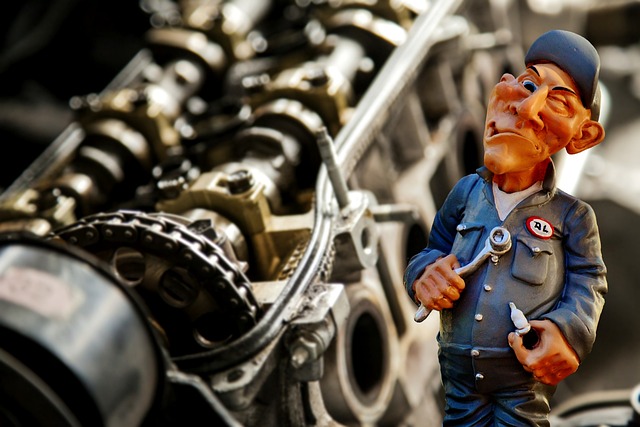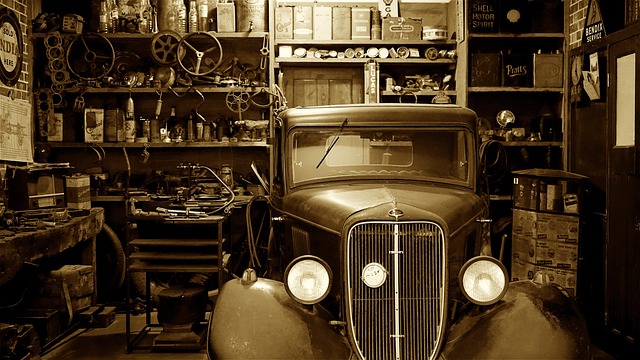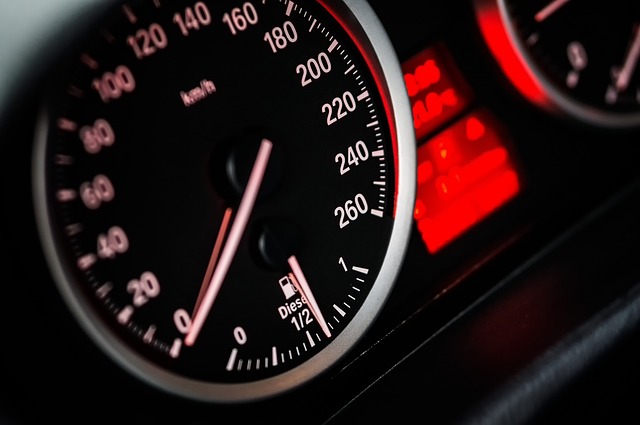The auto repair industry has undergone a dramatic transformation driven by technological advancements, particularly in modern repair equipment like specialized body panel alignment tools, advanced welding systems, and computer-aided design (CAD) software. This evolution is characterized by a shift from traditional bodywork methods to sophisticated, precise techniques, ensuring both functional and aesthetically pleasing repairs. Modern equipment allows automotive technicians to diagnose and rectify car damage with unprecedented accuracy, especially in vehicle body repair where minor misalignments can significantly impact appearance and performance. The industry's transition has been driven by the demand for efficiency, precision, and environmental friendliness, marked by improved quality, reduced waste, and faster restoration times.
The auto repair industry has undergone a remarkable transformation with the advent of modern repair equipment, marking a significant departure from traditional methods. This evolution has revolutionized the way mechanics diagnose and fix vehicle issues, ensuring higher precision, efficiency, and reliability. In this article, we explore the journey from conventional tools to state-of-the-art machinery, delving into its advantages, such as enhanced diagnostic capabilities and cost savings, while highlighting its profound impact on repair quality and customer satisfaction in the contemporary automotive landscape.
- The Evolution of Auto Repair Technology
- – Brief history of automotive repairs
- – Transition from traditional to modern equipment
The Evolution of Auto Repair Technology

The auto repair industry has undergone a remarkable transformation over the years, driven largely by advancements in technology. From the days of manual labor and rudimentary tools, modern repair equipment has emerged as a game-changer, revolutionizing how mechanics carry out repairs. This evolution is particularly evident in the transition from traditional vehicle bodywork methods to more sophisticated, precise, and efficient techniques facilitated by modern technology.
Automotive technicians now have access to an array of high-tech devices designed to diagnose and rectify car damage repair issues with unparalleled accuracy. Modern repair equipment, including specialized tools for body panel alignment, advanced welding systems, and computer-aided design software, ensures that repairs are not just functional but also aesthetically pleasing. This level of precision is especially crucial in vehicle body repair, where even the smallest misalignment can significantly impact the overall quality of the vehicle’s appearance and performance.
– Brief history of automotive repairs
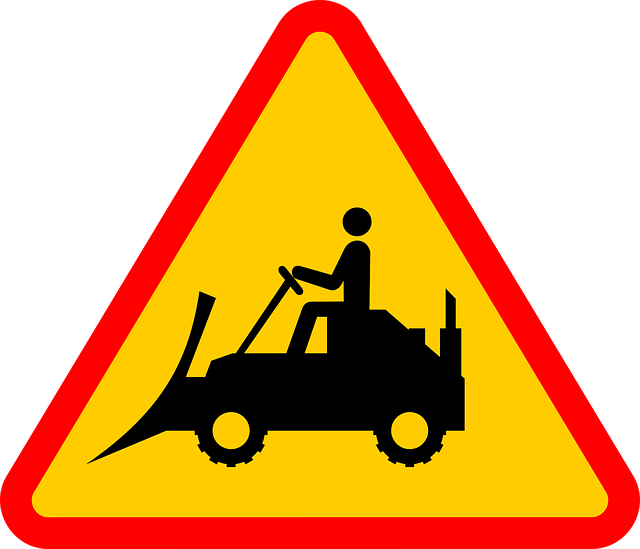
Automotive repairs have evolved significantly over the years, transforming from simple do-it-yourself endeavors to complex processes that heavily rely on advanced technology. Historically, early automobiles required basic tools like wrenches and screwdrivers for maintenance and repairs. Mechanics would often tinker under the hood, relying on their expertise and a few manual techniques. As vehicles became more sophisticated, so did the need for specialized equipment.
The introduction of modern repair equipment marked a significant shift in the automotive industry. Advanced tools such as computer diagnostic scanners, laser-guided cutting tools for precision metalwork, and state-of-the-art auto painting systems have revolutionized how repairs are carried out. Today’s auto collision centers utilize these modern repair equipment to efficiently handle complex tasks like car dent repair and intricate body work, ensuring that vehicles return to their pre-accident condition in a timely manner.
– Transition from traditional to modern equipment

The automotive industry has witnessed a significant evolution in repair techniques and technology over the years, marking a clear transition from traditional to modern equipment. This shift is largely driven by the demand for more efficient, precise, and environmentally friendly auto repairs. Traditional methods often relied on manual labor and basic tools, leading to time-consuming processes and less accurate results. In contrast, modern repair equipment offers a plethora of advantages that revolutionize the way automotive body shops operate.
Modern repair equipment includes advanced machines and tools designed for specialized tasks, such as computer-aided design (CAD) systems for precise measurements and auto body painting applications. These innovations streamline car body restoration processes, ensuring minimal waste and improved quality. For instance, automated painting systems provide even coats, reducing the risk of human error, while high-tech sanders and grinders enable efficient surface preparation, crucial for achieving a flawless finish in any automotive body shop.
Modern repair equipment has revolutionized auto repairs, offering unprecedented precision and efficiency. The evolution from traditional to modern tools reflects the industry’s commitment to staying ahead in a fast-paced world. By embracing innovative technology, auto repair shops can provide faster turnarounds, improved accuracy, and enhanced customer satisfaction, solidifying their position in today’s competitive market.

